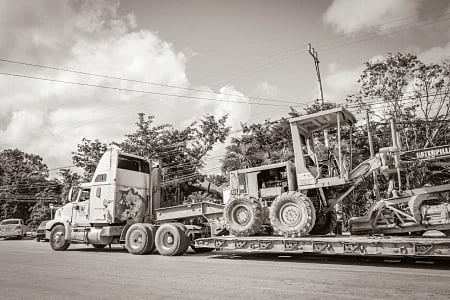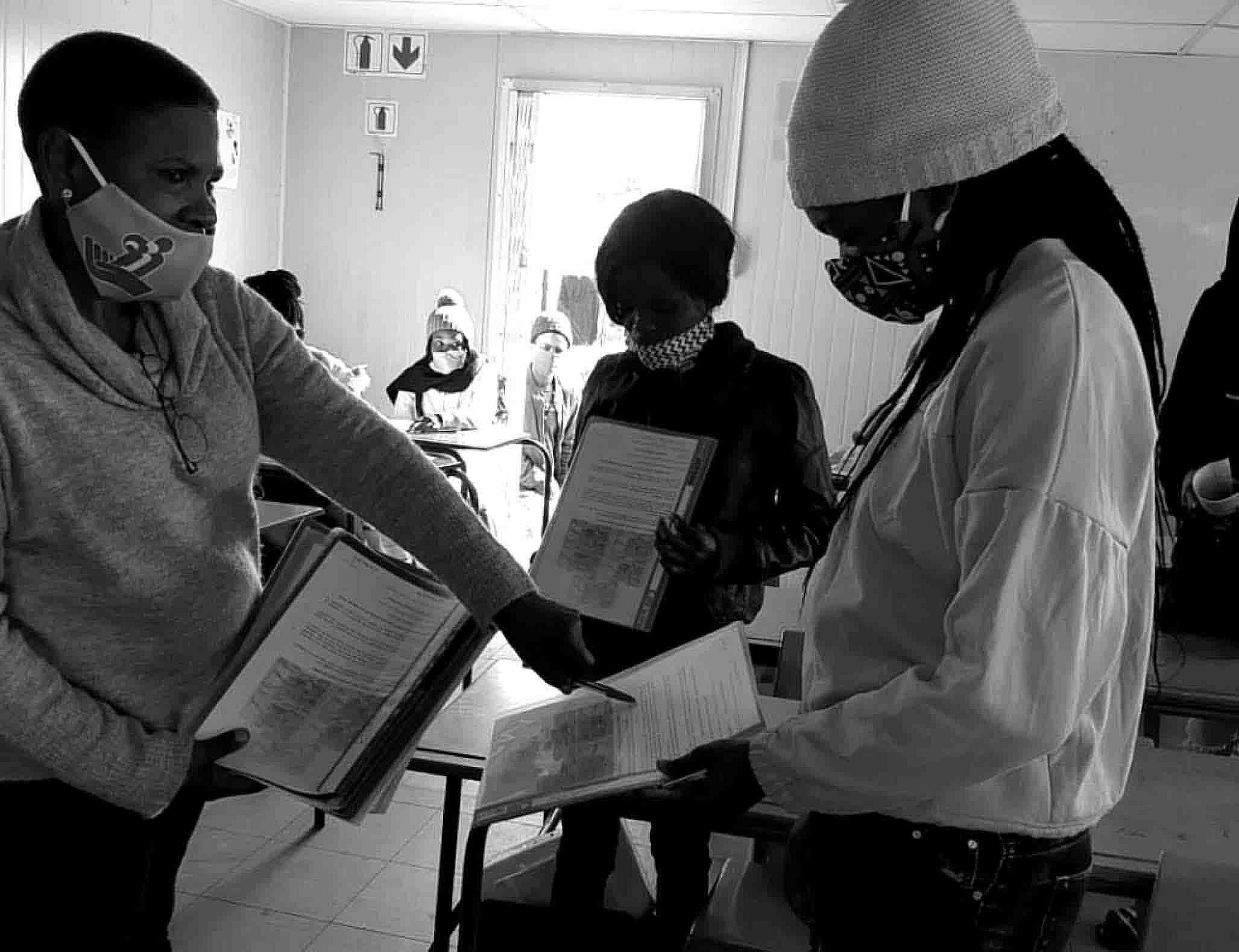Top driving safety tips for business vehicles
motor
South African businesses have faced their fair share of challenges over the past few years. Despite this, businesses are looking to the future — and investing in what they need to succeed. The National Association of Automobile Manufacturers of South Africa says that sales of light to medium commercial vehicles experienced a year-on-year increase of 20.8% and 17.5% in December 2022. If you've recently purchased a business vehicle, prolonging its lifespan (and protecting that of your drivers) will save your business time, money and effort. Commercial vehicle insurance or getting car insurance for company vehicles from Auto & General is instrumental in this, but you can complement it by following driving safety tips.
Why is commercial driving safety important?
First and foremost, employee safety should be the top priority of any business owner and whatever can be done to promote this is a good idea.
Commercial vehicles have developed a negative reputation over the past few years. It seems as if every other day the news reports that a commercial bakkie, truck or vehicle has been involved in a costly or fatal road accident. The problem has become so pronounced that in September, the Presidency issued a statement expressing concern over the number of truck-related accidents taking place on the road and urging all motorists to show caution on the road.
Your bakkies and delivery vehicles — like all vehicles — will be vulnerable on South Africa's roads. Relying on insurance to assist you when an accident takes place is helpful but not preventative. Insurance can cover the cost of repairing or replacing a company vehicle, but it won't be able to undo the delays this will cause or prevent death, injury or damage from taking place.
Cultivating a proactive approach to commercial driving safety can reduce the risk your company, vehicles and drivers face and give you invaluable peace of mind. Here are a few ways you can do this.
1. Offer your employees advanced driving training and guidance
Driving a commercial vehicle differs from driving a personal vehicle. Even if your drivers have experience driving standard vehicles, they may possess certain blind spots or be unaware of the road responsibilities of a delivery van or bakkie. This will require specialised driver training.
Large businesses can create their own customised driver training plan, while smaller ones can outsource this training to an accredited and vetted educator. This education can cover basics, such as how to change a tyre or check the oil, as well as who to contact in the case of a breakdown. It is also a good idea to award certificates to those who complete the course, as visible evidence of upskilling and achievement.
You can also create a vehicle make and model-specific manual to ensure each driver is aware of their responsibilities towards keeping their respective vehicle in good condition. It can form part of your company's overall training and onboarding processes to ensure that everybody receives the same training and adheres to the same driving standards. It also shows employees that you value their safety while helping them to improve their career outcomes.
It's important to note that there's no 'one-size-fits-all' approach to commercial vehicle safety. What might work for your company may not work for another. For example, a driver who travels long distances in challenging conditions could benefit from defensive driving training while one that delivers goods in a 5km radius from your store won't.
Monitor health, well-being and general performance regularly
Business vehicle drivers are often only vetted to determine if their licences are real and that they haven't broken the law while driving. While this is important, there are other checks you should be performing to ensure they operate at their best.
You can create individual driver performance benchmarks by monitoring their performance, noting the frequency of any accidents or fines they receive and ensuring they have the tools needed to drive safely, such as jumper cables, high visibility clothing and an updated GPS system.
As driving is a physical as well as a mental task, monitoring each employee's well-being is also crucial to keeping them safe on the road. This can include checking that their eyesight is sound and scheduling regular breaks on long trips so they don't drive while tired. It can also include advising them on best practices for sustaining their alertness, such as remaining hydrated, eating slow energy-releasing foods and stretching when possible.
Encourage employees to conduct regular vehicle checks
Commercial drivers can benefit more from having a deeper understanding of vehicles and how they work than the average person. This doesn't mean that they'll require a mechanic-level qualification but rather that they know enough about their vehicle to detect when something is amiss.
Major accidents and costly delays can be prevented by having drivers perform pre- and post-driving inspections of the vehicle's oil and fluid levels, brakes, windshields, tyres, lights, batteries, windows and mirrors. Any issue can be immediately addressed and noted in the official records when the vehicle is serviced or maintained.
Encourage employees to follow safety protocols in every weather condition
Weather patterns have been increasingly unpredictable over the past decade, with many areas in South Africa experiencing frequent unprecedented rainfall and violent storms. Accounting for the weather can give drivers additional time to complete journeys and deliveries without speeding or driving recklessly. Clear communication and advance deadlines are key to this, as employees should feel comfortable enough to stop driving if they feel unwell or tired without feeling pressurised to push through. Training your drivers on how to control their vehicles and react when faced with sudden rainfall potholes, hail, gale-force winds and heat waves can prevent them from getting trapped in deceptively shallow flooding or glass-shattering storms.
5. Cover your employees with commercial vehicle insurance
While prevention is always better than cure, sometimes a cure is exactly what you need. In terms of keeping your business vehicles and their drivers safe on the road, knowing that you're adequately protected against any worst-case scenarios is a very good idea. Standard insurance won't be sufficient for this, and you'll need customised car insurance for company vehicles that meets your needs. You can find out more about calculating your business car insurance premiums here. If you're ready to get insured you can request an obligation-free quote for car insurance for company vehicles from Auto & General today.








